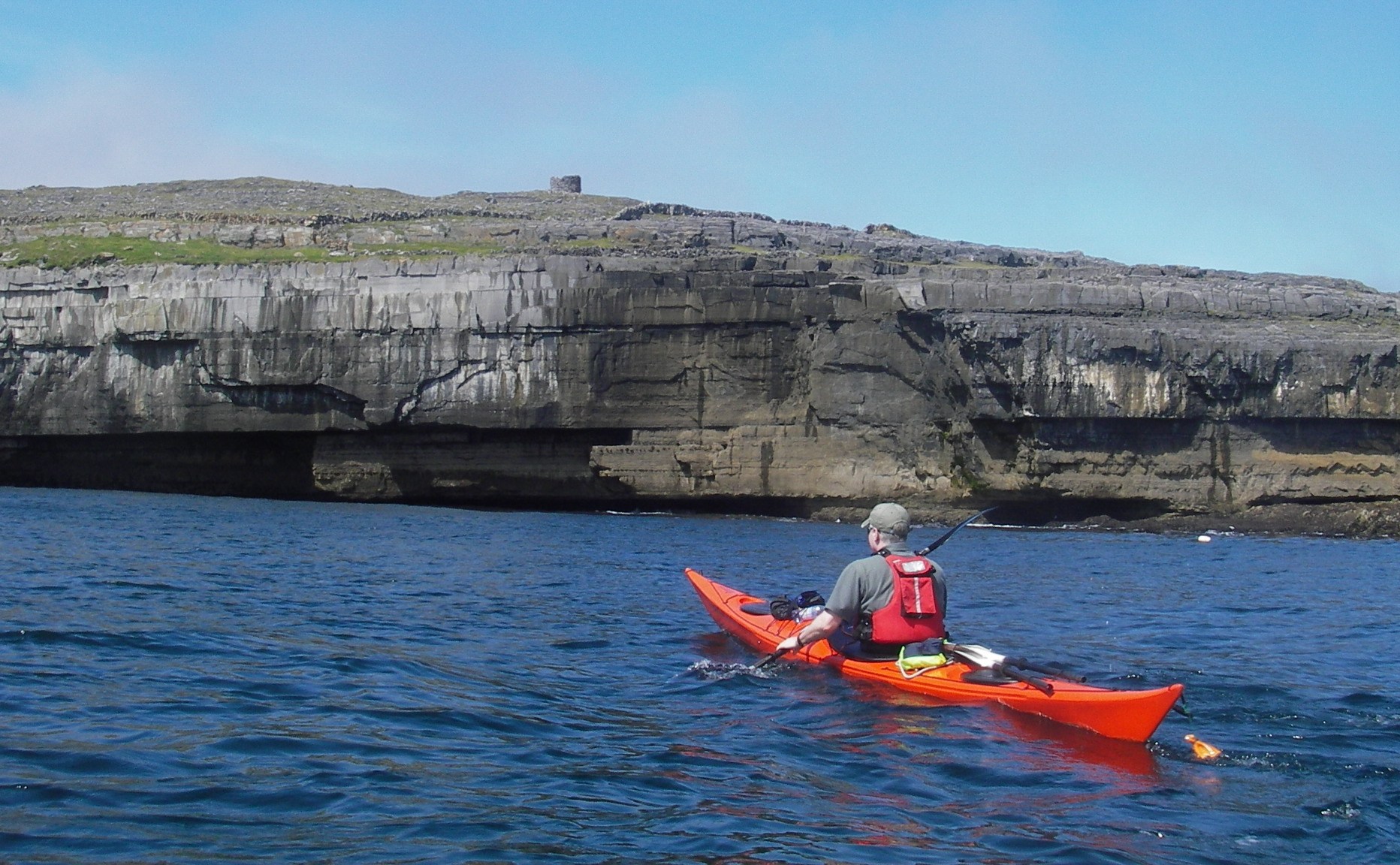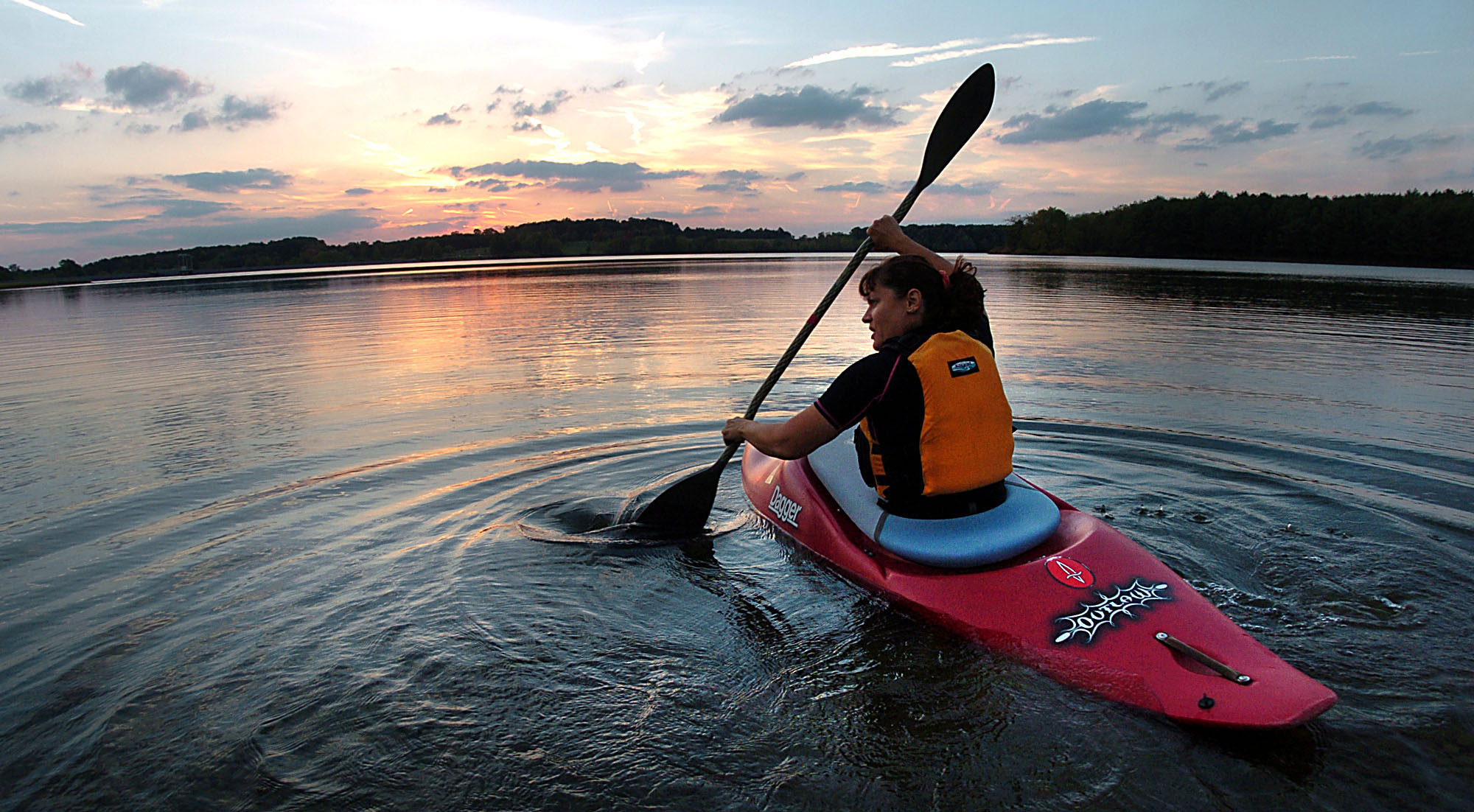A Brief Introduction to Kayaking
Kayaking is a classic activity that’s great for the sweltering thirty-five-degree weekend heat, especially if you’re an outdoors person looking for a fun alternative to spending the time in an air-conditioned gym. Here are some things you need to know to get started.

Canoeing vs. Kayaking – what’s the difference?
Kayaking involves sitting in the boat with your legs outstretched and paddling with a double-blade paddle.
Meanwhile, canoes are generally smaller, requiring you to “high kneel” (kneeling on one knee) while you paddle with a single-blade oar not unlike those used in dragon-boating.
Apart from the kind of boat and the positioning used in navigating the water, the center of gravity is also a difference between the two.
With kayaking, the center of gravity is much lower because the kayaker is sitting down. Canoeists have a higher center of gravity which makes it trickier to stay on the boat.

Flatwater vs. White-water
Flatwater kayaking is simply kayaking in a more still body of water while whitewater kayaking is done on rapids. Other than the body of water where you intend to paddle as well as the strength of the current, kayaking is almost basically the same throughout.
Competitive vs. Recreational
Recreational kayaks are much wider and can accommodate two people, which makes it easier for newcomers to get used to the sport.
Competitive kayaks, being built for speed on water, are much narrower and can seat only one person. They do, however, have a rudder to make steering easier.
The intensity also varies between competitive and recreational kayaking. There are different categories of competitive kayaking, which are as follows:

Slalom Racing – Also called “whitewater slalom”, this is the most popular form of kayaking where you race downstream through a white rapid while navigating through a series of “gates”.
River Racing – This category simply measures the time it takes you to complete the course. Races are grouped based on the intensity of the rapids, from Category 1 (mild) to Category 5 (raging rapids) and is often thought of as the most exciting type of kayak racing for participants.
Freestyle – This type is closer to gymnastic than actual racing, and your kayak is smaller than those used in racing to allow for a wide variety of acrobatics. Here, your kayak stays in one place while you try to perform different acrobatics and tricks and the winner is decided by a panel of judges.

